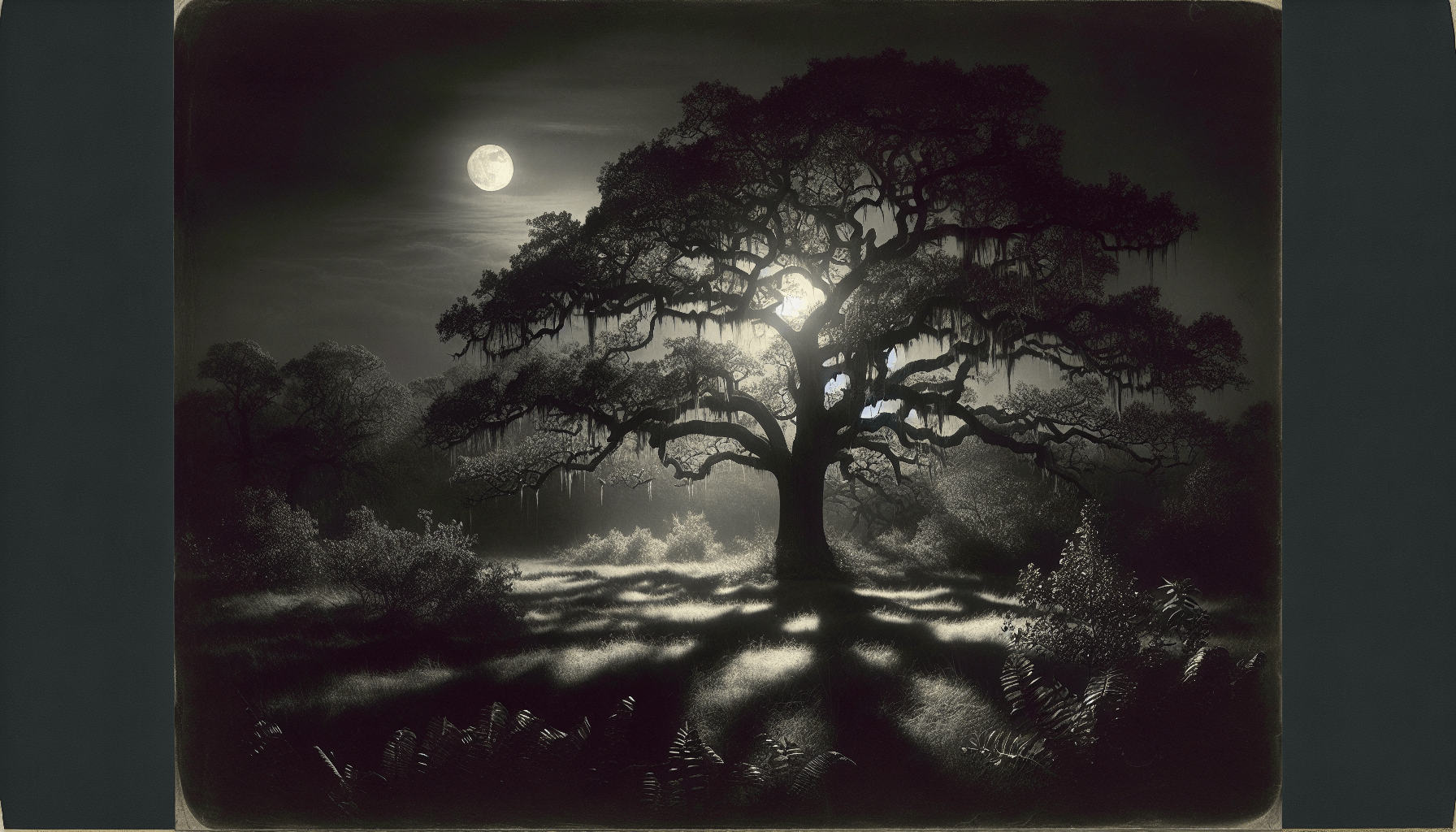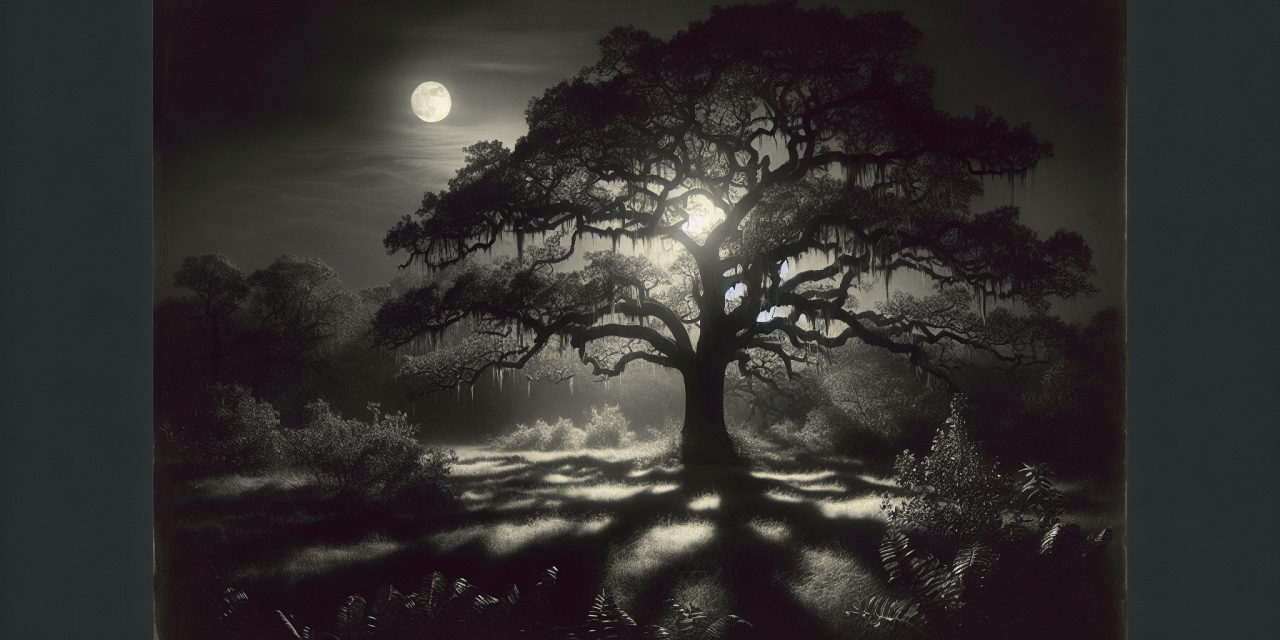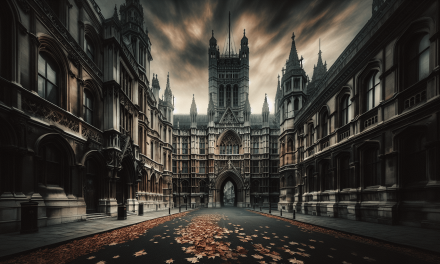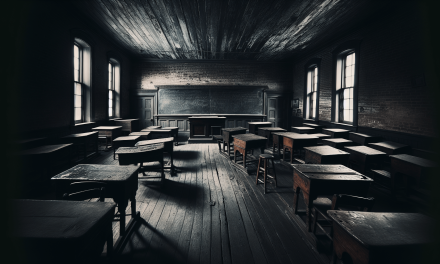In the early hours of August 17, 1915, the quiet town of Marietta, Georgia, awakens to a chilling scene. Leo Frank, a Jewish-American factory superintendent, hangs lifeless from an oak tree, the victim of a lynch mob driven by vengeance and prejudice. Just two years prior, Frank had been convicted for the murder of 13-year-old Mary Phagan, an employee at his pencil factory. The trial, steeped in antisemitism, had captivated the nation, leaving the courtroom echoing with cries for justice.

Governor John M. Slaton, after a meticulous review of the case, had commuted Frank’s death sentence to life imprisonment, citing insufficient evidence for execution. This decision, however, ignites a firestorm. The “Knights of Mary Phagan,” a group of prominent local men, refuse to let the commutation stand. They storm the state prison in Milledgeville, abduct Frank, and embark on a 175-mile journey to Marietta, determined to exact their own brand of justice.
As the sun rises over Georgia, the gravity of the crime becomes clear. The murder of Leo Frank sends shockwaves across the nation, a stark reminder of the dangers of mob mentality and prejudice. No one is ever charged for his death, leaving a haunting legacy that continues to resonate.
Story Source: Documentary film titled “The People v. Leo Frank” (2009, directed by Ben Loeterman)





